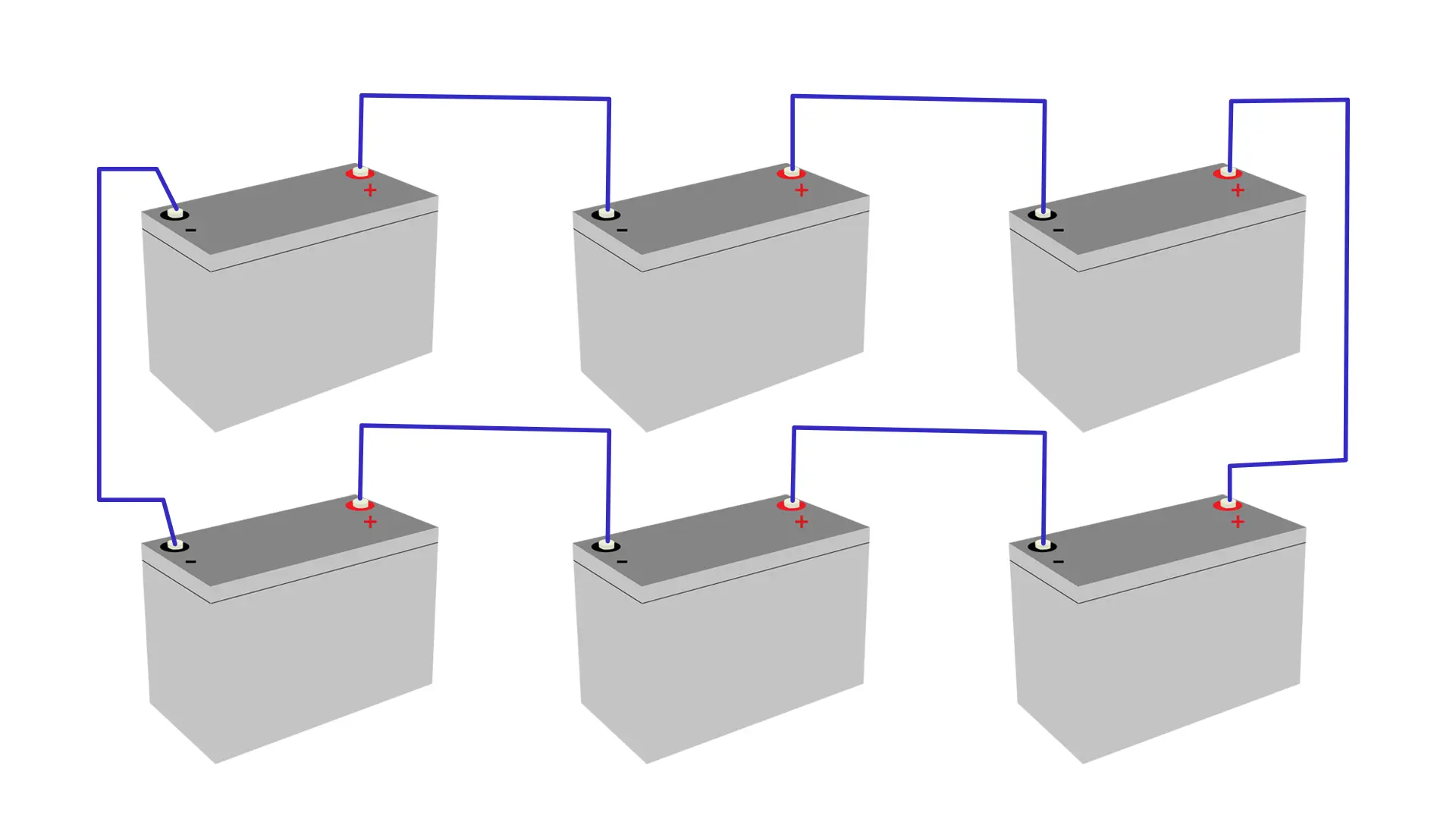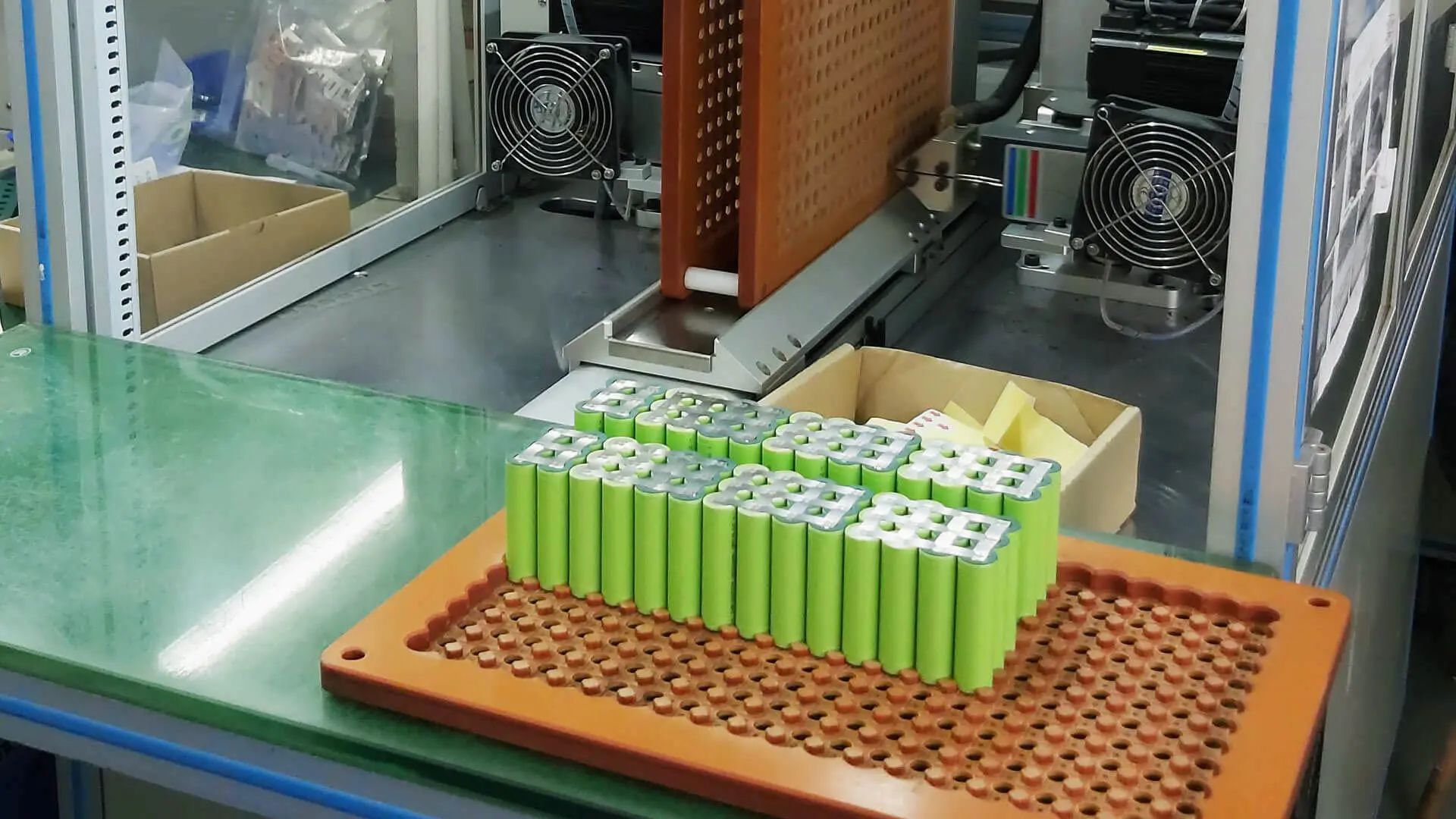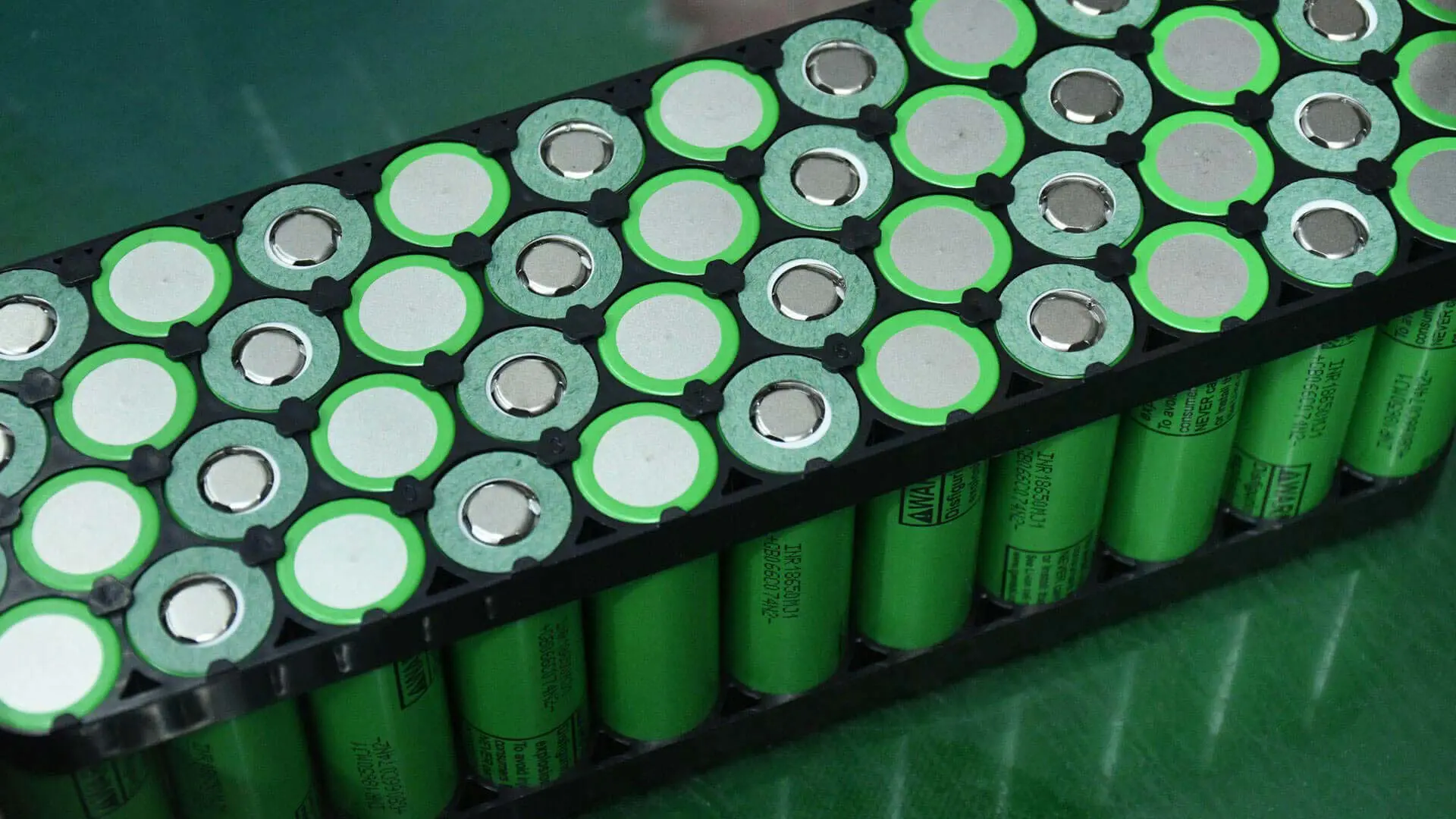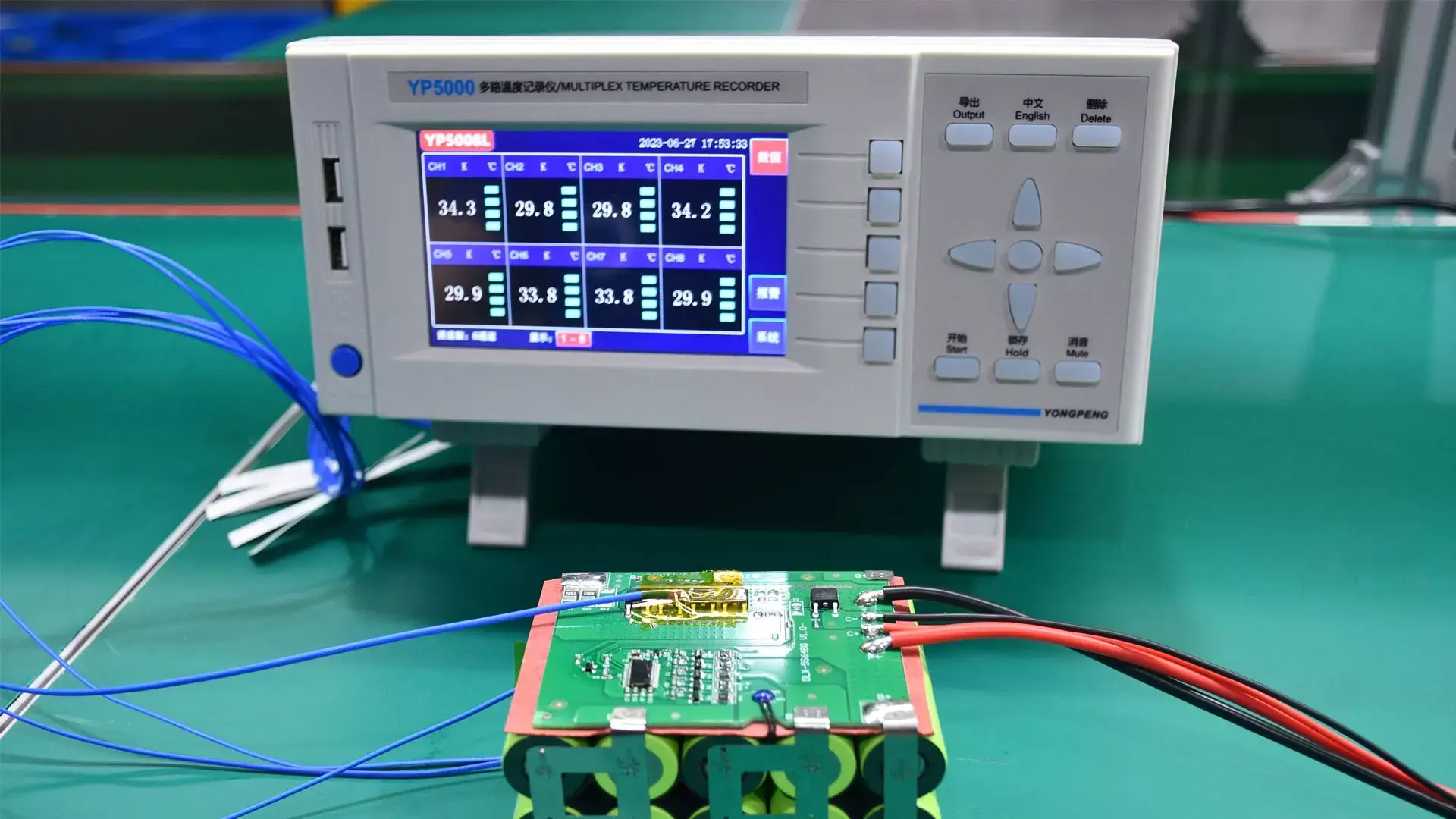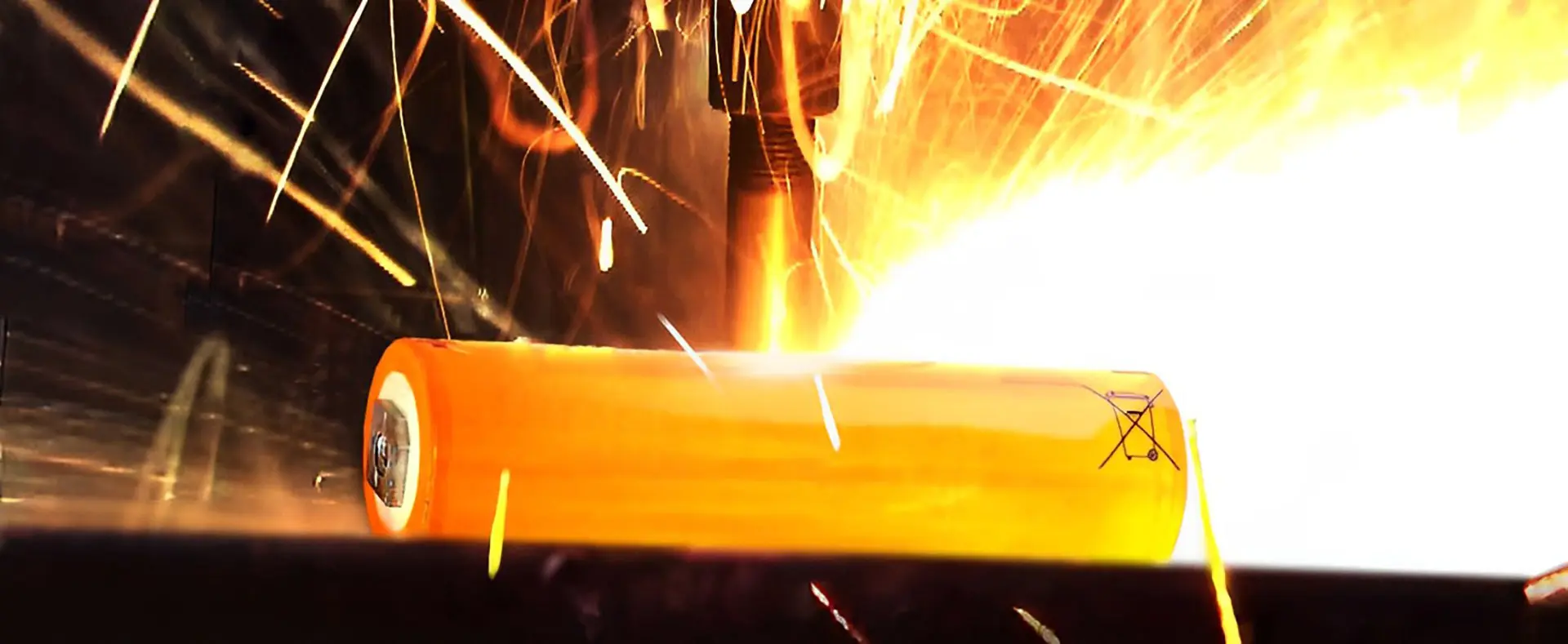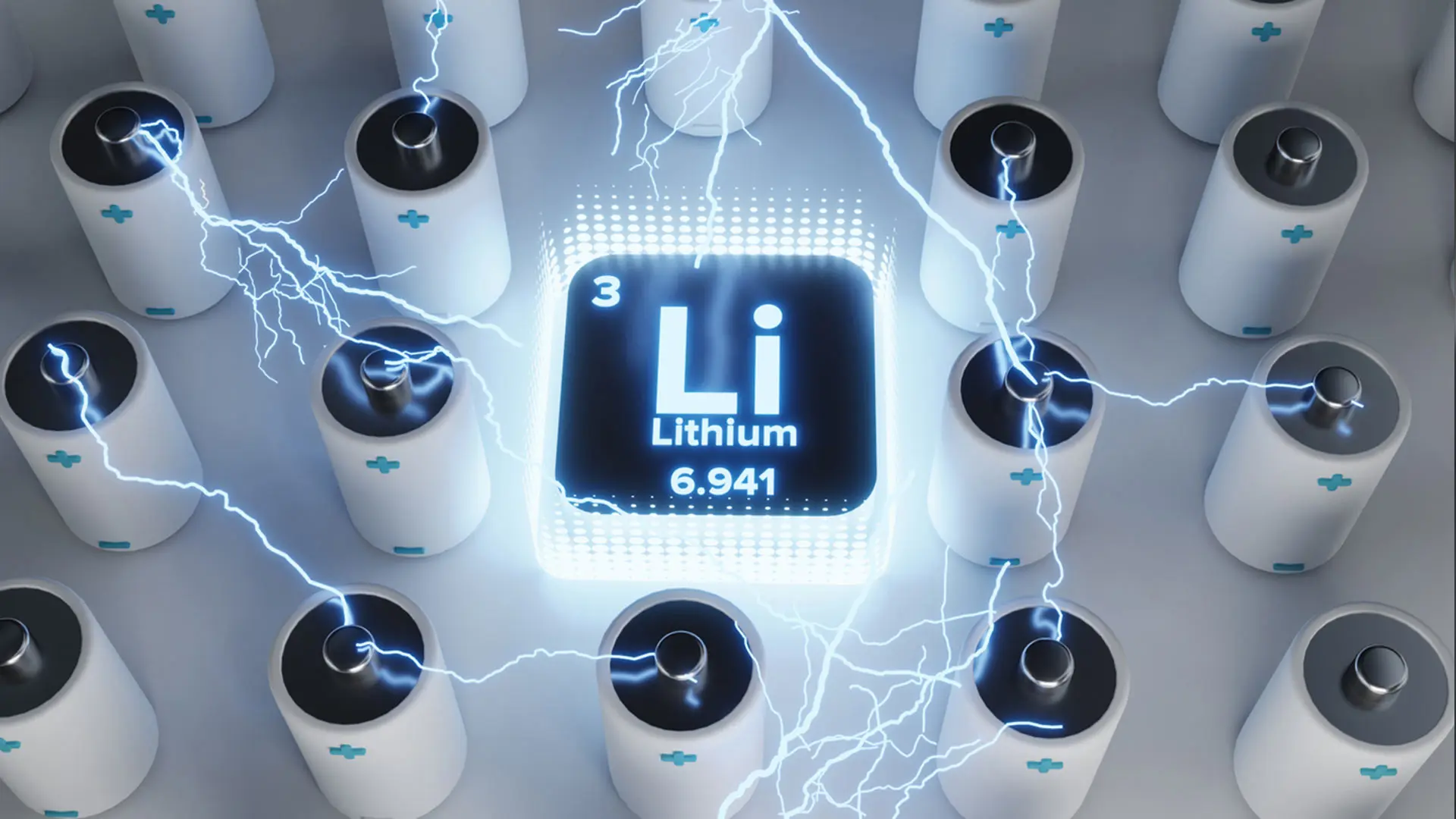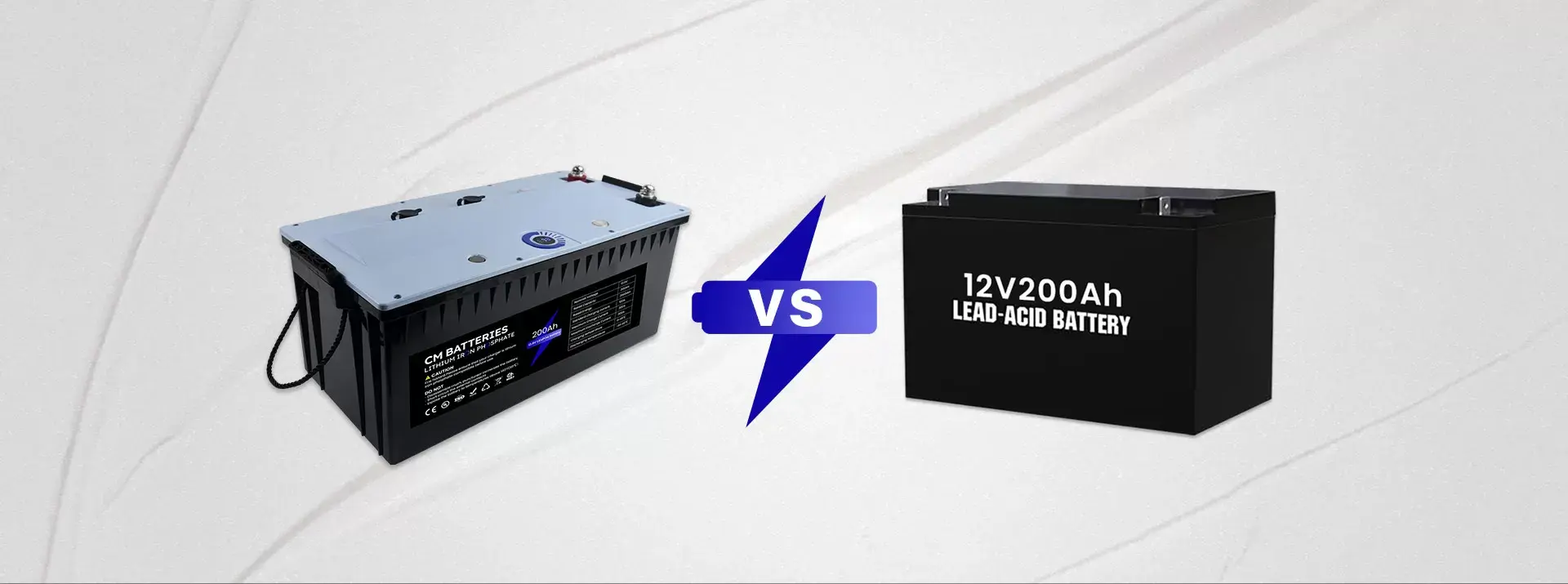Lithium-ion batteries have become the heart of various devices. Besides, the cells are the heart of the battery packs. The li ion battery packs are assembled by cells which are sorted into cylindrical cells like the 14500, 14430, 18500, 18650, 26650, 21700, 32700, and prismatic. Today we’ll dive into 18650 battery vs 26650 battery.
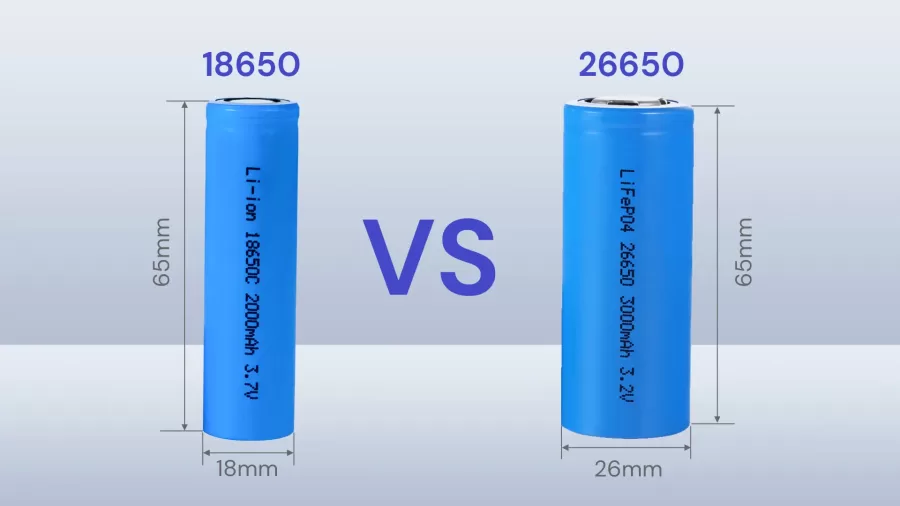
Defining 18650 and 26650 Batteries
The term 18650 is a standardized rechargeable lithium-ion battery. The name is derived from its dimensions: 18mm in diameter and 65mm in height.18650 batteries typically have normal voltage is 3.2V for LiFePO4 chemistry and 3.6V or 3.7V for NMC chemistry. With battery technology innovation, 26650 has a higher capacity density. The 26650 is named for its dimensions: 26650 in diameter and 64mm in height. The 26650 rechargeable batteries are valued for their larger capacity and high power out.
18650 Vs 26650 Battery Size and Capacity
What is the difference between 18650 and 26650 batteries? The main differences between the 18650 battery and vs 26650 battery lie in their size, capacity, and application. Here’s a comparison.
18650 Vs 26650 Battery Size
The size of the 18650 Battery is a Diameter of approximately 18mm & Length of approximately 65mm. But the size of the 26650 battery is a Diameter of approximately 26mm & Length of approximately 65mm. You can see that 26650 batteries have a larger diameter compared to 18650 having the same height. The difference in size makes 26550 rechargeable batteries have higher capacity and high power output compared to 18650 batteries.
18650 Vs 26650 Battery Capacity
The capacity of li-ion batteries, including the 18650 and 26650 batteries, is measured in milliampere-hours (mAh) or ampere-hours (Ah). The capacity indicates the amount of charge the battery can store and is a crucial factor in determining the runtime of a device.
Typically, 26650 batteries have a larger capacity compared to 18650 batteries due to their larger size. However, the specific capacity can vary depending on factors such as the battery chemistry, manufacturer, and intended application.
Here’s a general comparison of the typical capacity range for both types of batteries:
The capacity of 18650 batteries ranges from around 1500mAh to 3500mAh.High-capacity 18650 batteries may have capacities exceeding 3500mAh, but these are less common. However, the LFP chemistry of the 18650 has a lower capacity from 1500mAh to 2300mAh compared to the NCM 18650 battery from 2000mAh to 3500mAh.
26650 Battery:
The capacity of the 26650 battery ranges from around 3000mAh to 6000mAh. However, some high-capacity 26650 batteries may have capacities exceeding 6000mAh, but these are less common in the market.
Keep in mind that these are approximate ranges, and actual capacities may vary. Additionally, advancements in battery technology may lead to variations in capacity over time as new formulations and manufacturing processes are developed.
26650 Vs 18650 Rechargeable Battery Applications in Various Industries
The 18650 and 26650 batteries find applications in a wide range of electronic devices, but their usage varies based on their size, capacity, performance, and power output capabilities. Here’s a general comparison of the applications for each type of battery:
18650 Battery Applications:
Portable Electronics: 18650 batteries are used in devices such as laptops, digital cameras, and portable power banks due to their compact size and moderate capacity.
Flashlights and Lighting Devices: 18650 batteries are utilized in high-powered flashlights, LED lighting systems, bike lights, and other illumination devices due to their ability to provide sufficient power output for extended periods.
Medical Devices: Portable medical devices such as portable monitors, infusion pumps, and portable oxygen concentrators rely on the 18650 rechargeable battery for their power.
Power Tools: Cordless power tools such as drills, saws, impact drivers, and rotary tools are powered by 18650 batteries.
Electric Bike: Some electric bicycles (e-bikes) and electric scooters use 18650 batteries in their battery packs, providing energy storage for propulsion.
26650 Battery Applications:
Electric Vehicles (EVs): 26650 batteries are used in electric cars, electric bicycles (e-bikes), electric scooters, and other electric vehicles due to their larger size, higher capacity, and ability to provide high power output.
Power Banks and Backup Power: Large-capacity power banks, uninterruptible power supply (UPS) systems, and backup power systems for homes and businesses often use 26650 batteries to provide backup power in case of grid failure or outages.
High-Drain Devices: Used in devices with high power requirements, such as high-powered flashlights, industrial equipment, and underwater diving lights, due to their ability to deliver high currents without significant voltage sag.
Marine Applications: In marine environments, 26650 batteries are used in marine electronics, navigation systems, trolling motors, and electric propulsion systems for boats and yachts.
These are just a few examples of the diverse applications of 26650 batteries, demonstrating their versatility and importance in various industries and technologies.
Choosing the Right Battery
18650 battery vs 26650 battery have similar applications. Compared to the cost and user preference,18650 NMC batteries -2900mAh, 3500mAh, and high discharge rates of 2000mAh and 2500mAh are the favorites. But the lifepo4 26650 battery has reliability and long cycles for using the dirty and vicious environment 18650 rechargeable battery or a 26550 lithium battery which is better for you? It depends on your applications and specific needs. You can contact a CMB member to get the custom batteries assembled with 18650 cells or 26650 cells.


